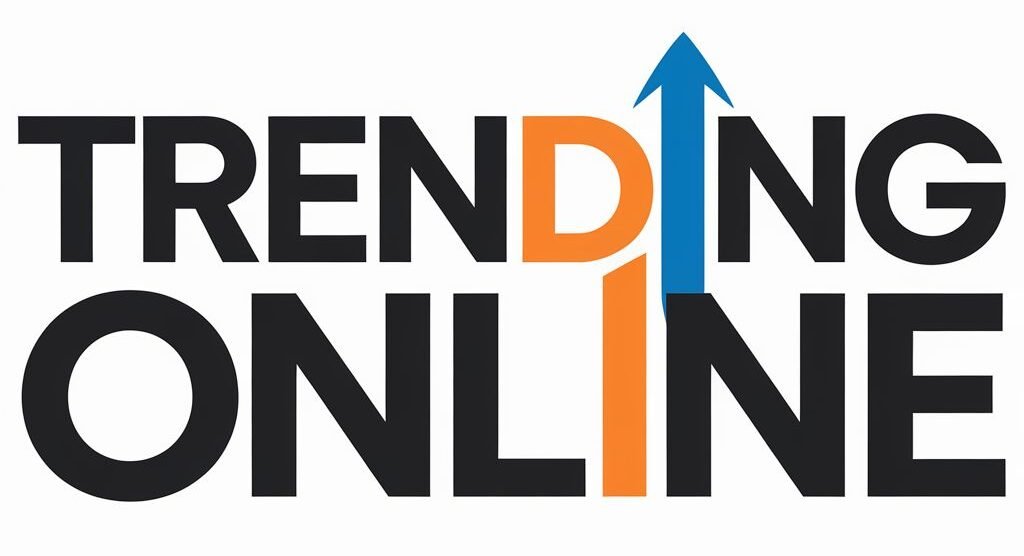The global automotive drive leading BRICS
The global Light Vehicle (LV) selling rate rose to an annualised figure of 93 million units in June. Compared to the same month in 2024, this represents a 2% increase, with a total of 7.7 million vehicles sold worldwide.
It is, today, common knowledge that China leads in World Automotive production with its BYD vehicles taking centre-stage. Automotives make up around 5-10% of global GDP (Gross Domestic Product). China produces around 35% of vehicles in the world. China’s LV market witnessed a 12.6% YoY increase in June, with sales reaching 2.3 million units. This pushed the annualised selling rate above 30 million for the first time since mid-2022. Most of the growth came from the passenger vehicle segment, which grew by 13.4% YoY. The wholesale volume set a new record high for the month.
As economic uncertainty fades, consumer spending is beginning to recover, helping boost vehicle sales. Domestic manufacturers continue to perform well both locally and abroad. Intense pricing competition remains a feature of the Chinese market, with automakers offering additional value—such as free upgrades—rather than cutting base prices. However, the government has expressed concerns about this trend, and price wars may begin to ease. There is increasing anxiety that Chinese firms could adopt similar pricing strategies internationally to capture market share.
Other Asia
In Japan, vehicle sales were up 5.8% YoY in June. However, growth has tapered off since May following strong figures earlier in the year, which were largely due to a low base in 2024. Supply chain issues, particularly stemming from a production incident involving key suppliers to Toyota, Daihatsu, and Suzuki, also impacted March figures. Given these factors, the outlook for Japan’s automotive market remains modest.
South Korea saw a 6% YoY rise in LV sales in June. Robust domestic demand for locally produced models supported the market, with Hyundai and Kia leading the way through successful new releases. Passenger vehicle sales rose by 7% YoY, helping to lift overall performance. Although light commercial vehicle sales declined by 3% YoY, the launch of new pickup models has started to stabilise that segment.
South America
In Brazil, LV sales stood at 202,000 units in June, representing a slight YoY dip of 0.2%. The annualised selling rate decreased marginally from 2.55 million units in May to 2.50 million in June. Following an exceptionally strong May, some market normalisation was expected. Hybrid and electric vehicles reached a record 11% share of total sales for the month.
Argentina’s market showed impressive momentum, with sales up 69% YoY to an estimated 50,000 units. This marked the sixth month in a row where the annualised selling rate exceeded 500,000 units. The positive results are largely due to government tax cuts on vehicles and eased import restrictions.
Mounting trade tensions have started to impact key markets such as the United States and Western Europe. In contrast, China’s automotive sector continues to perform strongly, bolstered by supportive market conditions and incentives. In Western Europe, economic stagnation and political instability continue to dampen consumer sentiment. Meanwhile, the US saw a decline in sales, partly due to two fewer trading days and reduced promotional offers from manufacturers in response to tariffs.
North America
In the United States, June vehicle sales dropped by 4.3% year-on-year to 1.26 million units. Adjusting for the reduced number of trading days, sales actually grew by 3.6% YoY. However, the comparison is skewed due to the 2024 CDK cyberattacks. The annualised selling rate decreased slightly to 15.2 million units from 15.4 million in May. Although sales improved slightly at the quarter’s end, the general trend was subdued as fewer incentives were offered by OEMs.
Canada’s market showed an improvement, with an estimated 174,000 vehicles sold in June, up 3.6% YoY. Notably, Ford and General Motors each saw 9.7% growth, contributing to a rise in the selling rate from 1.6 million to 1.9 million units per year. Mexico, on the other hand, experienced a 1.5% YoY dip in sales, totalling 123,000 units, with a selling rate of 1.58 million units annually. Limited economic momentum is expected to constrain the Mexican market in the short term, although conditions may improve in 2026.
Europe
In Western Europe, the LV selling rate increased to 13.3 million units annually. However, sales volumes declined by nearly 7%, with total sales standing at 1.26 million units. The major markets—France, Germany, and Italy—continue to face difficulties amidst economic pressures and trade frictions between the EU and the US, which have further undermined consumer confidence.
Eastern Europe recorded a stable selling rate of 4.3 million units per year, similar to May’s figure, although overall sales fell by 10% YoY. Russia experienced a 29% YoY drop, with the selling rate sliding to 1.13 million units annually, due to high interest rates stifling consumer credit and vehicle financing. Nonetheless, some early signs of recovery are emerging, supported by resumed factory operations and government schemes like the “First Car” and “Family Car” programmes. A potential interest rate cut may offer further relief in the second half of 2025.
In Turkey, passenger vehicle sales climbed for the fourth straight month, reaching 94,000 units in June—a 7% YoY rise. Demand is being driven by EV incentives, the entry of Chinese manufacturers, and the effects of inflation.
Written By:
Cole Jackson
Lead Associate
Chinese & South American Specialist

